Flowering in June
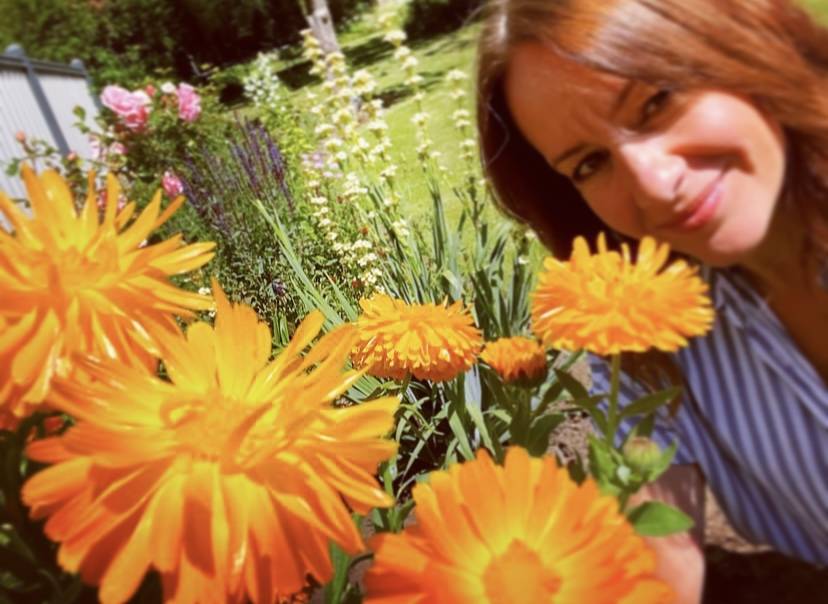
Astrantias
The Astrantias are like stellar explosions, perfect for highlighting the shady area under my rhododendron hedge (zone 1 on my garden map: “Up Front” – click “Map of the Garden” below).
I chose Astrantia Roma (I was proposed to in Rome) though there are many varieties from blood red / black to purples, pinks, delicate pastels and white.

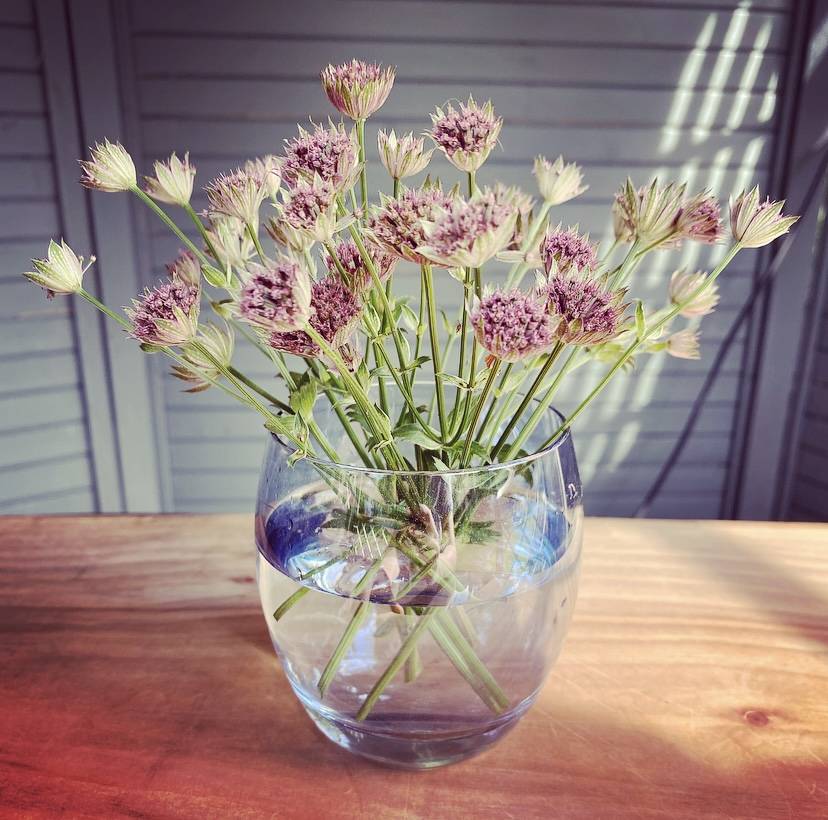
I think Astrantias are dazzling doers and great self-seeders. Astrantias will keep flowering throughout summer, without needing a lot of attention.
Deadhead regularly if you dont want them to seed, otherwise you could collect seed and plant on.
Once they are finished flowering, cut them back close to ground level and they will come back better than ever quite quickly.
Although Astrantias dont spread out, they do bush up so are great for dividing by springtime.
Astrantias make pretty cut flowers and are effective as dried flowers in displays.
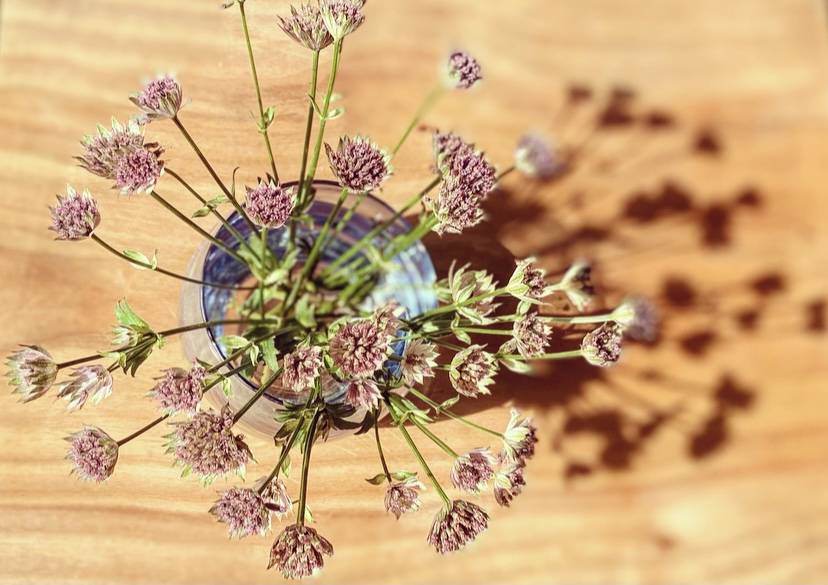
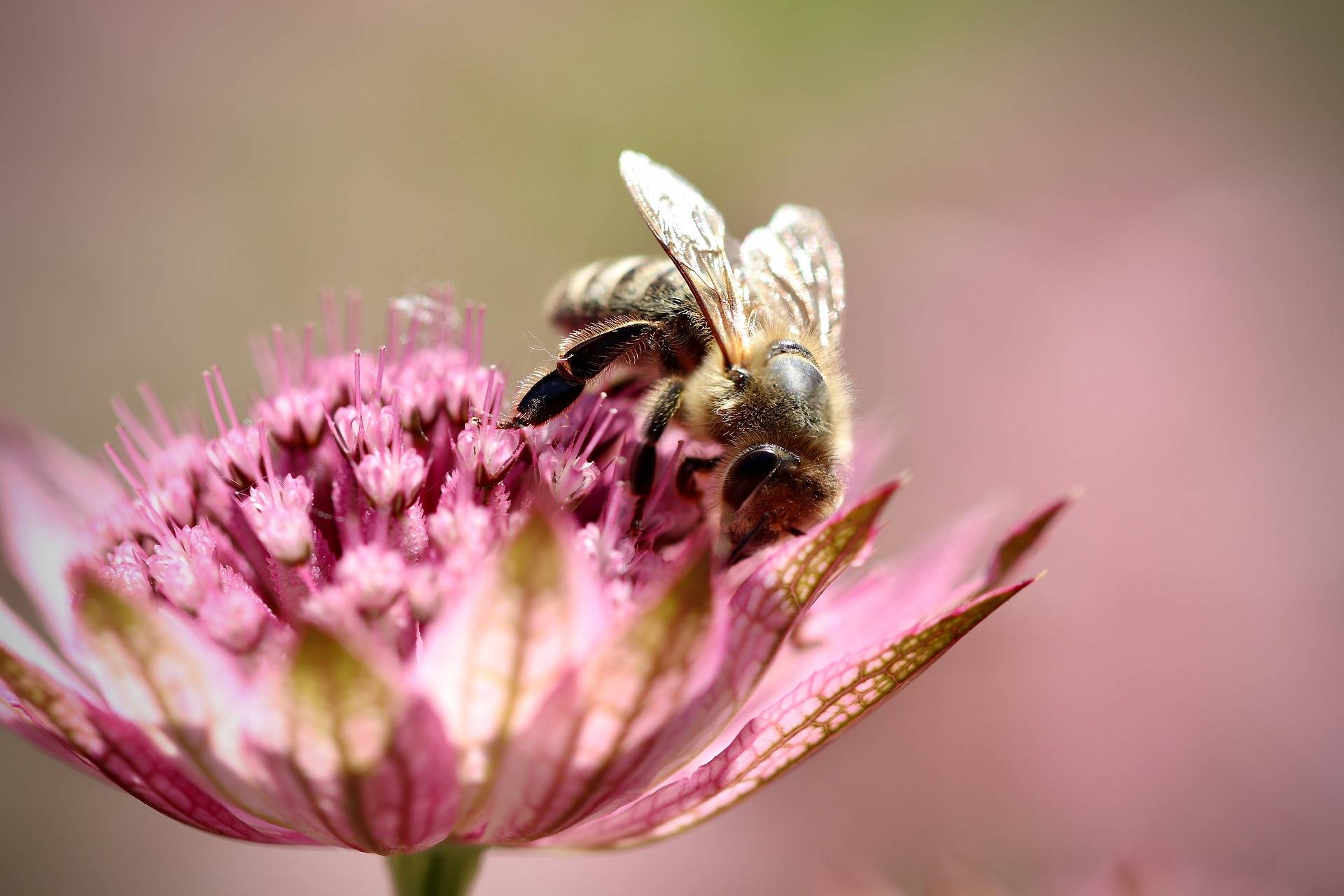
Astrantias: the run-down
Foliage: Desciduous
Growth: Upto 100cm
Flowers: Spring & Summer
Position: Partial shade / shade
Conditions: Well drained & moist
Pests: Look out for snails, slugs and aphids
Care: Deadhead regulary, water regularly
Calendula
The Calendulas have been giving me joy for the last month. Strategically positioned outside my kitchen window, the vibrant orange and and abundance of flowers have cheered me up no end. I love the colour orange, but find it tricky to place in a planting scheme. However this pot of sunshine has spurred me on to use more orange in future.
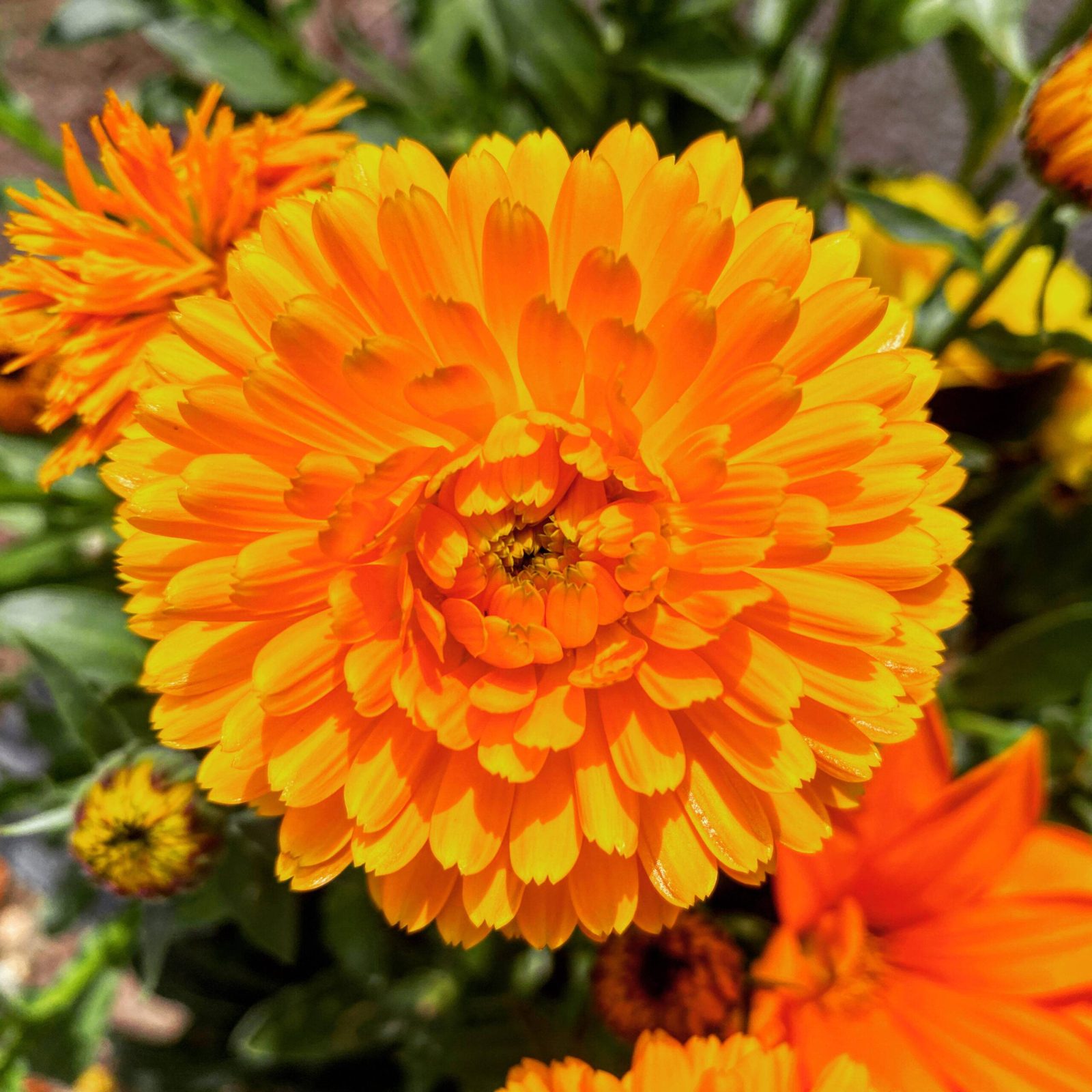
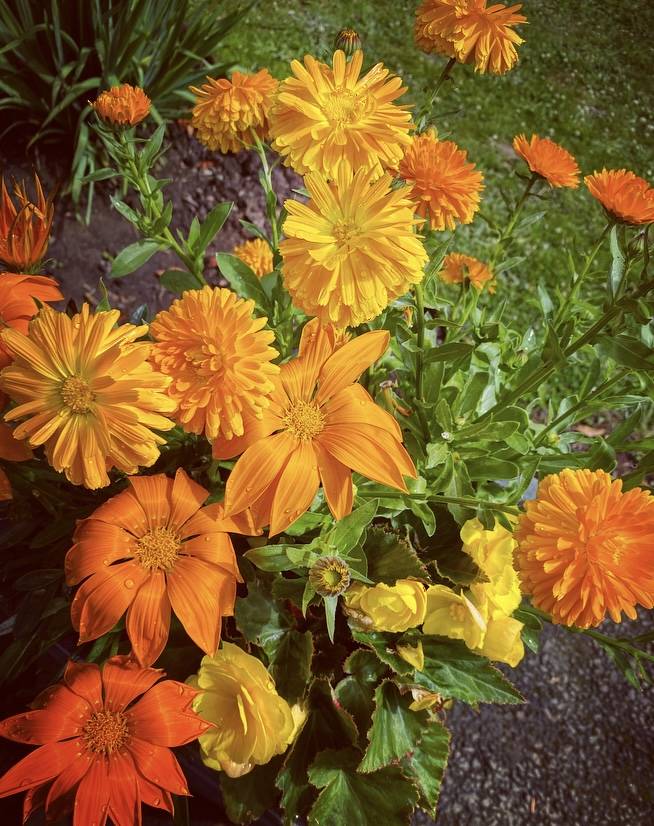
Calendulas, commonly known as marigolds are traditional cottage garden plants, in shades of yellow and orange. Calendulas were traditionally used for medicinal and cooking purposes. The plant is thought to aid the immune system and is used in a variety of cosmetics.
Calendulas grow in free draining soil in full sun or partial shade. Deadhead regularly for more fresh blooms.
Pollinators love calendula and they are known to draw away aphids from neighbouring plants, so get them in your veggie patch!
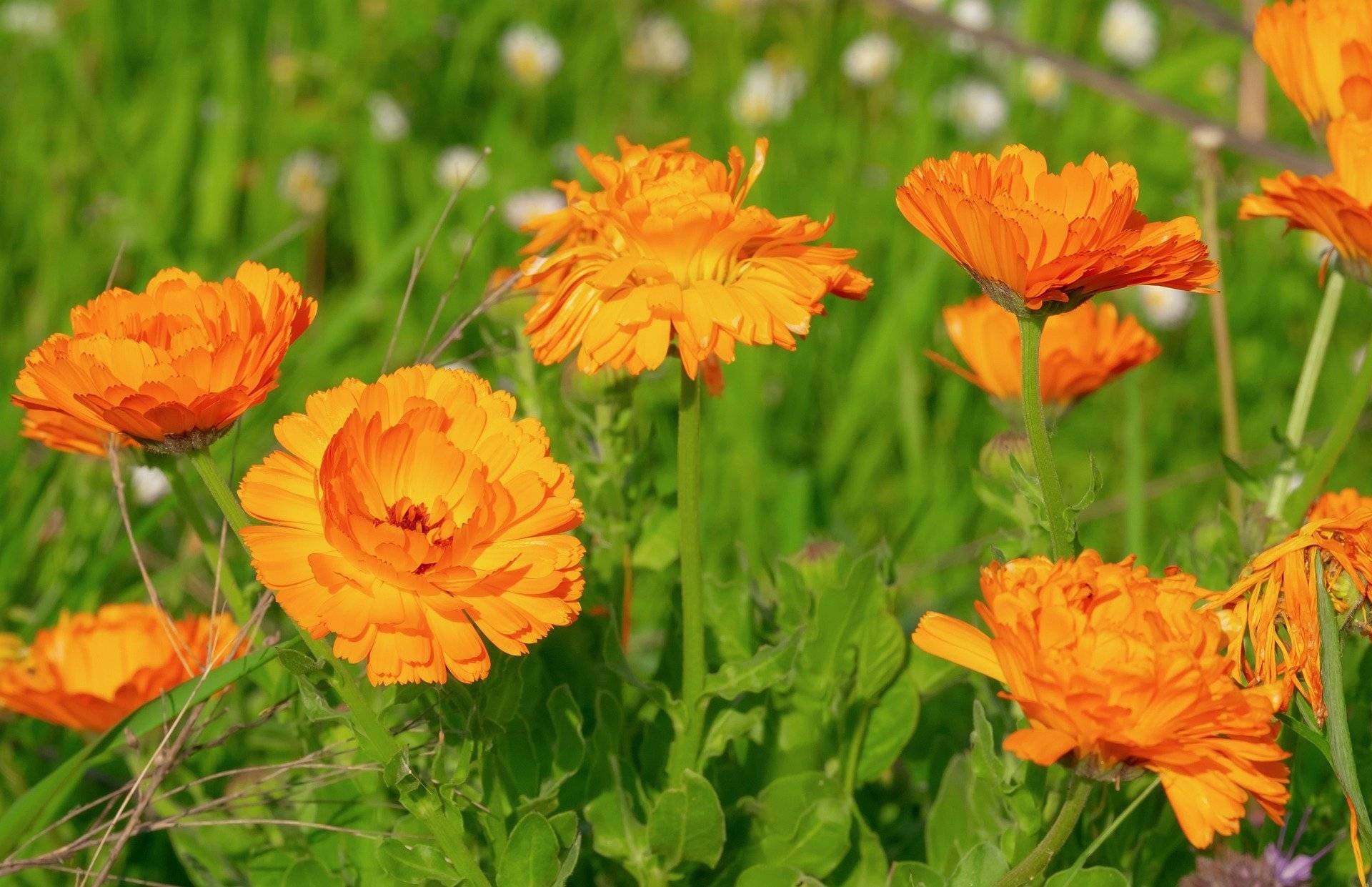
Calendula: the run-down
Type: Hardy annual
Growth: Upto 75cm
Flowers: May – October
Position: Full sun
Conditions: Well drained, poor soil
Pests: Attracts pollinators, insects and aphids
Care: Deadhead regularly
